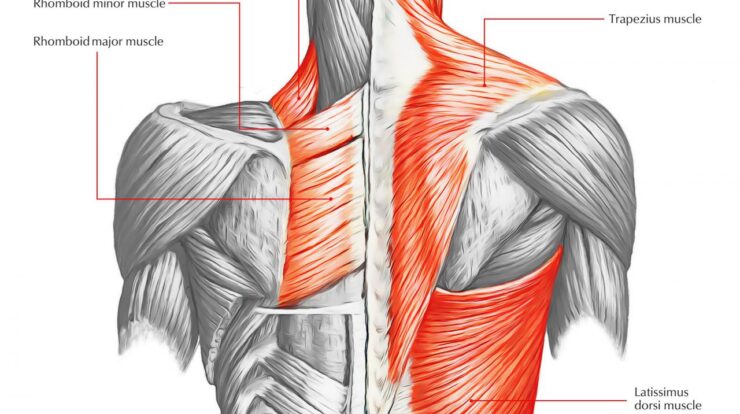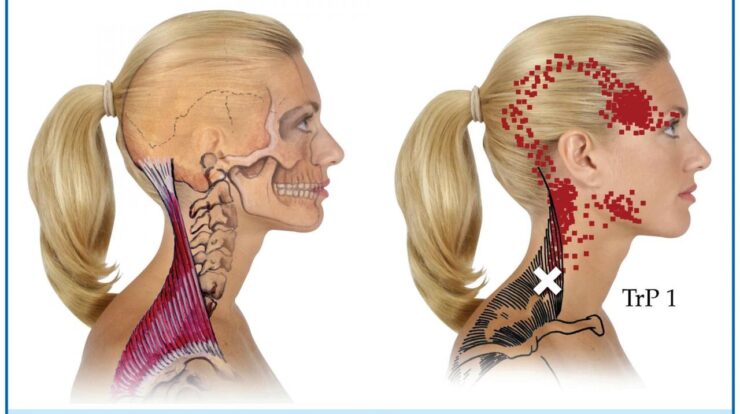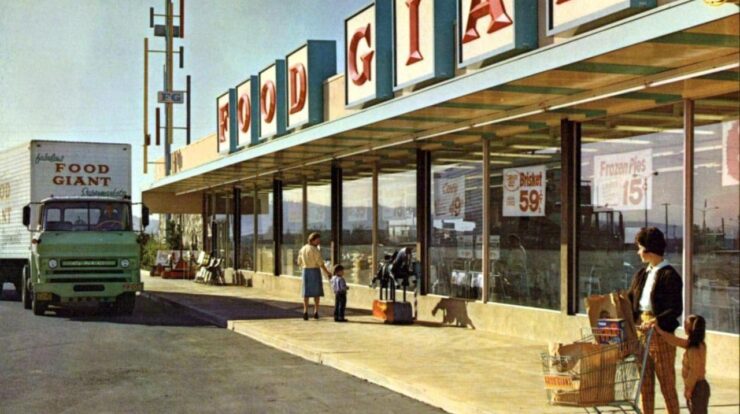
Waterloo nebraska – Waterloo, Nebraska, a city steeped in history and brimming with vitality, invites us on an extraordinary journey through its captivating narrative. From its humble beginnings to its present-day prominence, Waterloo’s story is one of resilience, innovation, and unwavering community spirit.
Nestled amidst the rolling hills of eastern Nebraska, Waterloo’s strategic location has played a pivotal role in shaping its destiny. Once a vital crossroads for Native American tribes, the city later emerged as a transportation hub connecting the East and West.
Today, Waterloo continues to thrive as a vibrant center of commerce, education, and culture.
Historical Overview of Waterloo, Nebraska
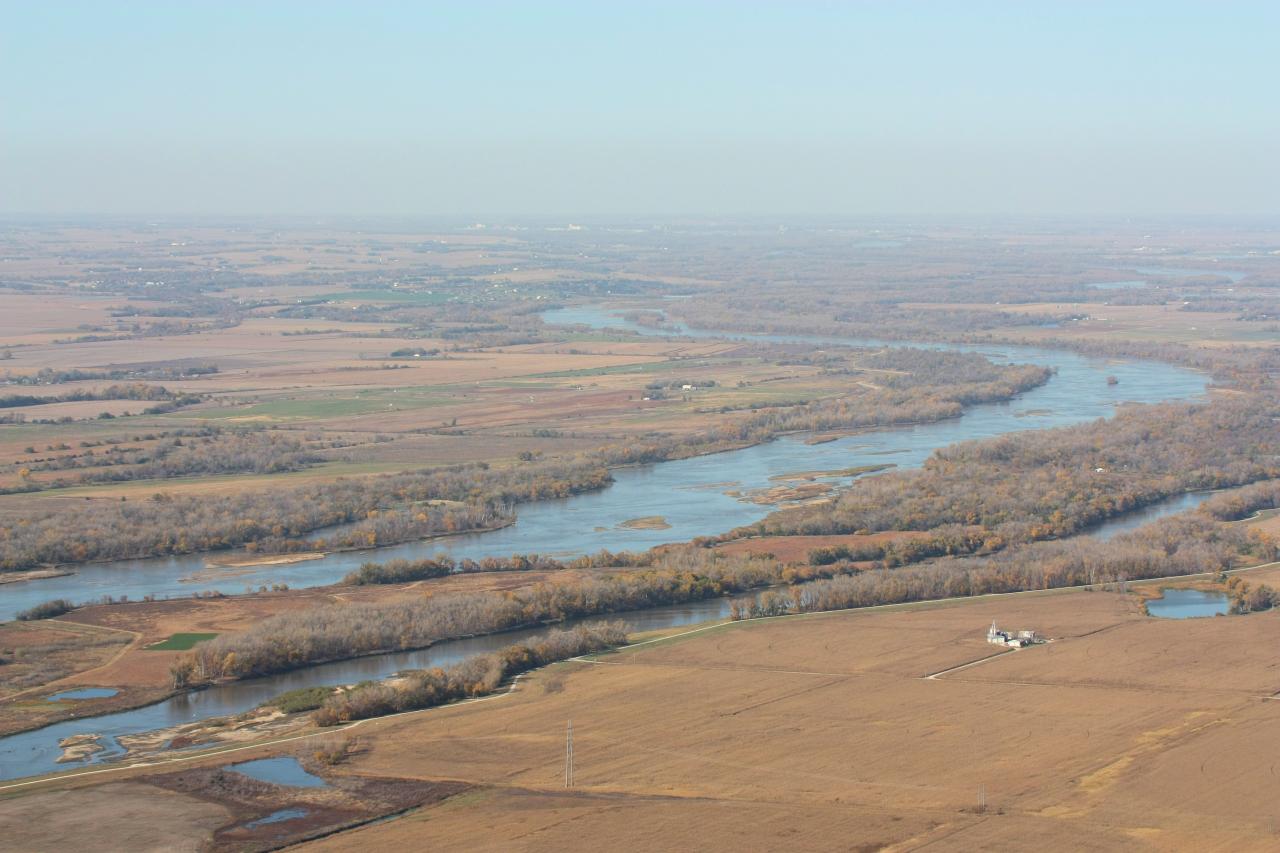
Waterloo, Nebraska, traces its origins to the mid-19th century when settlers from the eastern United States established homesteads in the area. The city was officially founded in 1867 and named after the Battle of Waterloo, a decisive victory for the British and their allies over Napoleon Bonaparte’s French army in 1815.
Waterloo’s location on the banks of the Elkhorn River played a significant role in its early development. The river provided a source of water, transportation, and power for the city’s mills and industries. Waterloo also benefited from its proximity to the Union Pacific Railroad, which connected it to major markets in the East and West.
Key Historical Events and Milestones, Waterloo nebraska
- 1867: Waterloo is officially founded.
- 1872: The Union Pacific Railroad reaches Waterloo.
- 1880: The first public school is built in Waterloo.
- 1900: Waterloo becomes the county seat of Douglas County.
- 1950: The city’s population exceeds 10,000.
Demographics and Population Trends
According to the 2020 census, Waterloo, Nebraska, has a population of 9,234. The city’s population has grown steadily over the past century, with a particularly significant increase in the 1950s and 1960s.
Waterloo’s population is predominantly white (92.6%), with small minority populations of Hispanic (5.1%), Black (1.1%), and Asian (0.9%). The city’s median age is 40.1 years, slightly higher than the national median of 38.5 years.
Household Income and Socio-economic Characteristics
The median household income in Waterloo is $67,200, slightly higher than the national median of $64,994. The city has a relatively low poverty rate of 7.5%, compared to the national poverty rate of 10.5%.
Economic Profile and Industries: Waterloo Nebraska
Waterloo, Nebraska, has a diversified economy with a strong focus on manufacturing, healthcare, and education. The city is home to several major employers, including Valmont Industries, a global leader in the design and manufacture of engineered steel products; Methodist Health System, one of the largest healthcare providers in Nebraska; and the University of Nebraska at Omaha, a major research university with a campus in Waterloo.
Waterloo’s manufacturing sector is particularly strong, with a number of companies specializing in the production of agricultural equipment, metal fabrication, and plastics. The city is also home to a growing number of technology companies, drawn by the University of Nebraska at Omaha’s presence and the city’s proximity to major transportation hubs.
Education and Healthcare
Waterloo, Nebraska, has a strong educational system with a number of public and private schools. The city is home to the University of Nebraska at Omaha, which offers a wide range of undergraduate and graduate programs. Waterloo also has a number of public schools, including Waterloo High School, which is ranked among the top high schools in Nebraska.
Waterloo’s healthcare system is anchored by Methodist Health System, which operates a hospital and a number of clinics in the city. The city also has a number of other healthcare providers, including urgent care centers and pharmacies.
Infrastructure and Transportation
Waterloo, Nebraska, has a well-developed infrastructure with a number of major highways and roads connecting the city to Omaha and other parts of the region. The city is also served by the Union Pacific Railroad and the Omaha Airport, which provides access to major cities across the United States.
Waterloo has a number of public transportation options, including buses and paratransit services. The city is also home to a number of bike trails and walking paths.
Arts, Culture, and Recreation

Waterloo, Nebraska, has a vibrant arts and culture scene with a number of museums, theaters, and art galleries. The city is home to the Joslyn Art Museum, which houses a collection of over 11,000 works of art from around the world.
Waterloo also has a number of performing arts venues, including the Omaha Symphony Orchestra and the Omaha Community Playhouse.
Waterloo has a number of parks and recreation areas, including the Waterloo Park and Recreation Complex, which offers a variety of amenities, including a swimming pool, tennis courts, and a playground.
Community Development and Future Outlook
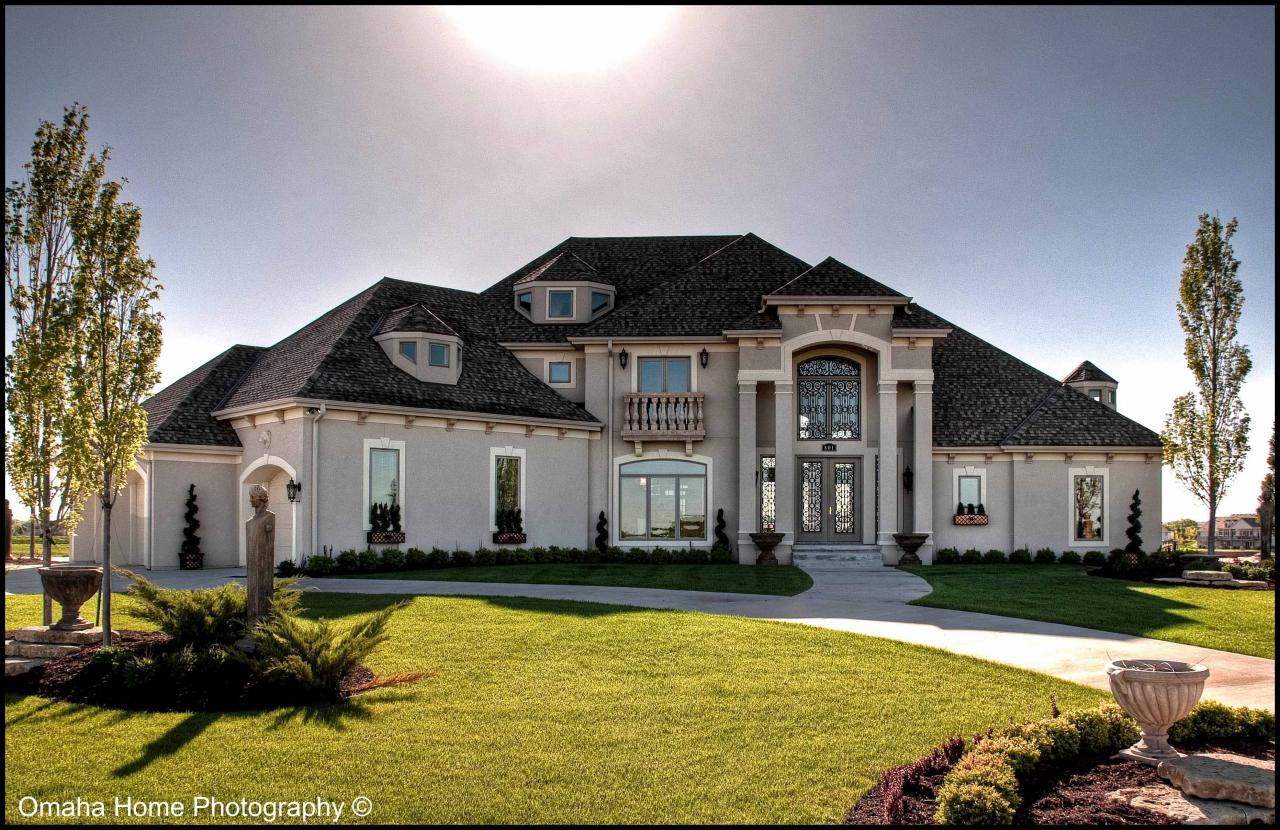
Waterloo, Nebraska, is a growing and vibrant community with a number of plans for future development. The city is currently working on a number of projects to improve its infrastructure, including a new water treatment plant and a new fire station.
Waterloo is also working to attract new businesses and residents to the city.
Waterloo has a number of challenges to address in the coming years, including the need to improve its public transportation system and to address the city’s aging population. However, the city is optimistic about its future and is working to create a better quality of life for its residents.
Final Summary
As we bid farewell to Waterloo, Nebraska, its legacy lingers in our hearts. The city’s unwavering commitment to progress, its rich cultural heritage, and its warm, welcoming community have left an indelible mark. As we look towards the future, Waterloo stands poised to continue its remarkable journey, embracing new opportunities and building upon the solid foundation it has established.
Helpful Answers
What is the population of Waterloo, Nebraska?
As of 2023, the estimated population of Waterloo, Nebraska, is approximately 9,300 residents.
What are the major industries in Waterloo, Nebraska?
Waterloo’s economy is primarily driven by agriculture, manufacturing, and healthcare. Key employers include the Valmont Industries manufacturing plant, the Jennie Edmundson Hospital, and the University of Nebraska-Lincoln Extension.
What educational institutions are located in Waterloo, Nebraska?
Waterloo is home to several educational institutions, including the University of Nebraska-Lincoln Extension, the Nebraska College of Technical Agriculture, and the Waterloo Public Schools district.
